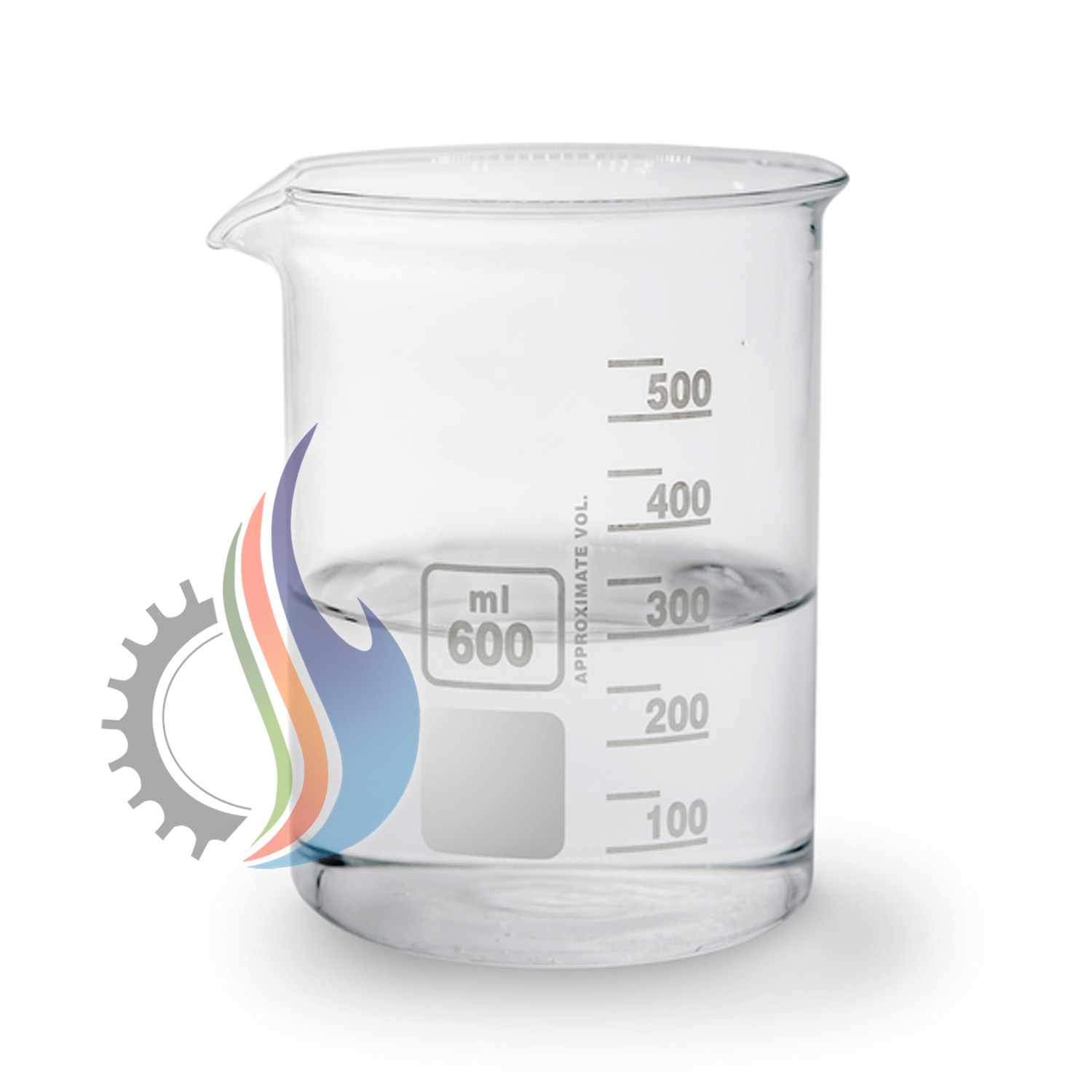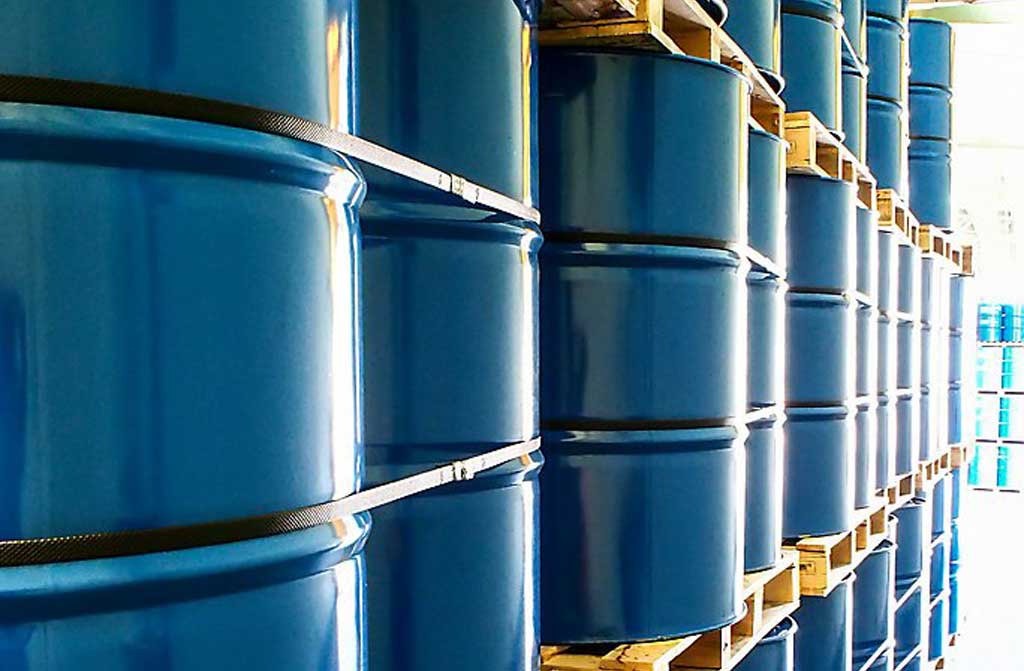
Triethylene Glycol (TEG)

Triethylene Glycol (TEG)
Triethylene Glycol (TEG) is most commonly used for natural gas dehydration to strip the water out of the gas. TEG is wildly used in applications which require higher boiling point, higher molecular weight with low volatility such as plasticizer, unsaturated polyester resin, emulsifiers, lubricants, heat transfer fluids and solvent for equipment cleaning, printing ink.
Production
Triethylene glycol is prepared commercially as a co-product of the oxidation of ethylene at high temperature, in the presence of a silver oxide catalyst. The ethylene oxide is then hydrated to yield mono, di, tri, and tetra ethylene glycols.
It is estimated that the total world consumption of TEG is in excess of 175 metric tons annually.
Uses
Oil & Gas Industry
The main uses for tri ethylene glycol are based upon its hygroscopic quality. This means that it can absorb moisture from the air through absorption or adsorption. It is used as a dehydrating agent for natural gas pipelines where it removes the water from the gas before being condensed. Triethylene glycol can then be continually reused, although the by-product of benzene needs to be disposed of carefully. This process is useful as it prevents the gas from freezing making the gas easier to transport and manage for end consumers.
Mild Disinfectant
Triethylene glycol can also be used as a mild disinfectant. Due to its low toxicity, antimicrobial properties, and low odor, it is commonly used for air disinfection in occupied areas where more aggressive disinfectants cannot be used. Due to these disinfectant properties and the dehydrating properties, it is an ideal dehumidifying agent in air-conditioning units.
Ethyleneglycols can also be used in the formulation of printing ink, in the treatment of gases, in the formulation of fire-resistant hydraulic fluids, in the formulation of cutting oils, in the formulation of surface polishers, in the formulations of agrochemicals, in the extraction of solvents, in the manufacture of pigmented pastes and putty for walls, and in the synthesis of explosives.
Benefits
Versatile intermediates
Low volatility
Low boiling point
TETRA EG is completely miscible with water and a wide range of organic solvents.
Storage
Keep the material in the anhydrous state to prevent severe corrosion to the carbon steel or aluminum tank and related equipment. For longer term color stability, it is recommended that the product be stored under an inert atmosphere.
Packing
Product is available in bulk truck, flexi bag, and steel drum with epoxy phenolic coating.